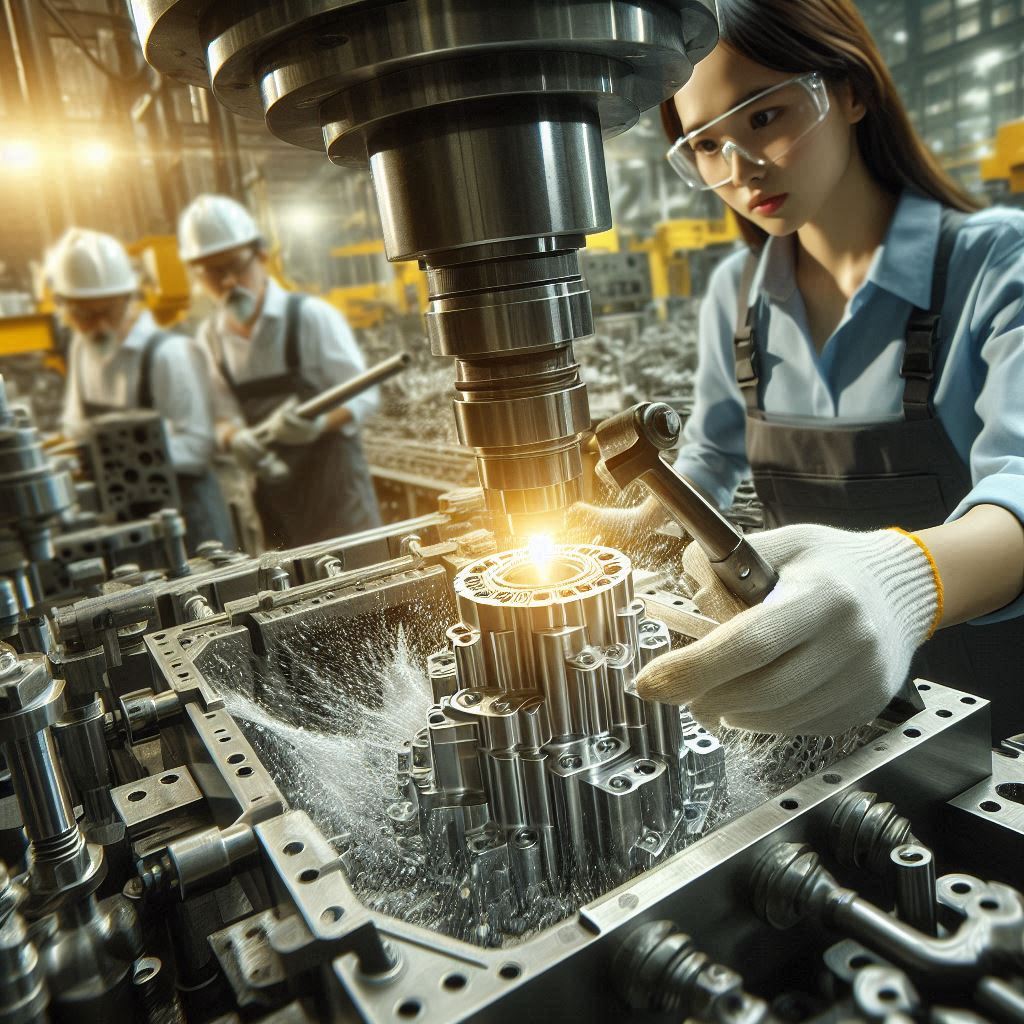Machined investment casting is a sophisticated method that results in net-shape metal elements mostly on tight tolerances and superfluous finishes post cast through the use of the combination of investment casting and post-casting machining operations upon the metal element. Investment casting goes a long way in casting intricate and near-net-form parts by contrast with the great intricate requirements, and cutting of near-final net forms etc. This is a necessity especially in aerospace and automotive, medical and industrial components or other final application regions. Nevertheless, what that approach achieves is implied as perfect dimensional accuracy, very minimal surface roughness forming, and providing an accurate fit to the element for the most precise and enormous performance demands. Addition to the primary casting, other operations combine to cost-effectively produce strong, customised components.
How Does Machined Investment Casting Benefit the Automotive Industry
The automotive industry is seeing a revolution due to what machined investment casting can offer through refined, lightweight yet robust components. In this process, we take advantage of the virtues of investment casting in creating intricate forms. Products that started shining include engine components, transmission housings, suspension parts, and exhaust systems, among others. Ultra precision from machining effectively reduces the need for any alterations in post-machining, which automatically leads to lower-priced fabrication and fewer wasted raw materials. To the emission-free machines, investment-cast or machined parts continue driving weight savings, thus improving fuel economy and better battery efficiency of all-electric vehicles (EVs). As automobile manufacturers continue to embrace sustainable and innovative design, machined investment casting keeps leading to the manufacturing of high-performance, cost-effective, and durable automotive components.
The Role of CNC Machining in Investment Casting for Complex Design
Machined investment casting has brought about a huge change in the automotive sector, providing high-precision parts, lightweight yet durable, which offers a random revolution toward vehicle performance and efficiency. Machined investment casting uses the principle of investment casting to create complex features with subsequent CNC machining for very tight tolerances and smooth finishes; hence, nice and shiny engine components, transmission housings, chassis/control arms, and an exhaust system are very much the perfect scenario. The added precision from machining will allow very little post-machining reworking-less in production and less in raw materials. Also, light weight with low impacts and actuated forces to all batteries reduce battery efficiency in EVs. Machined casting is another sealant to this trend-in other words, stiff, high-performing, and cost-effective automotive components may still be machined.
Machined Investment Casting: For Accurate Tolerances and Fine Finishing
Investment casting is a good solution for companies looking to produce complex metal components at super tight tolerances and fine finishes. Investment casting provides net-shape parts with definite dimensions. Additional CNC fine-tunes, grinding, or polishing for the texture and functional finishes may be needed to polish-uniquely effective on highly finished parts. Machining on casting adds a great level of precision with minimum variance and better mechanical performance. It is ideally suited to industries such as automotive, aerospace, and medical. Machining with investment casting ensures efficient removal of flaws, lower wastage of material, and, above all, durability of components, thus producing precision-engineered products of top-of-the-line quality in compliance with strict industry standards.









